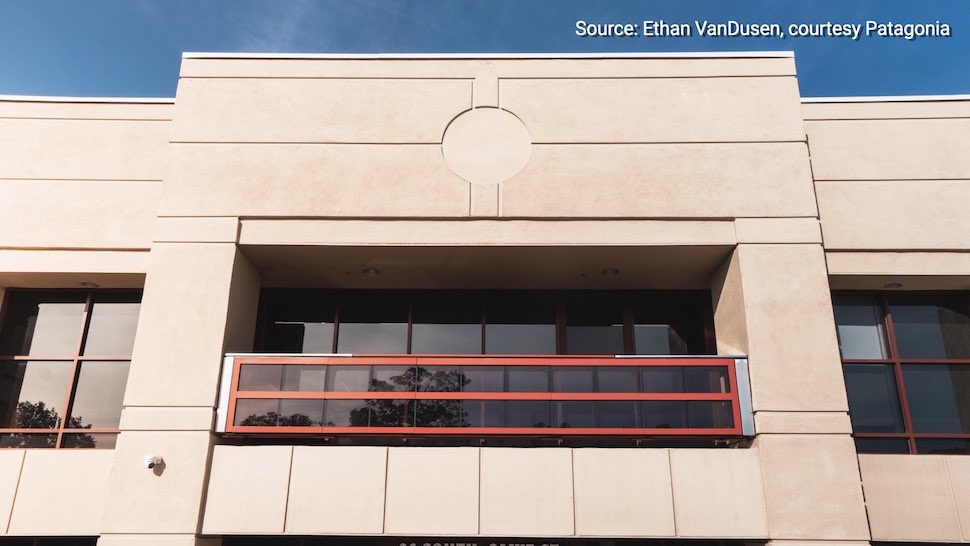
News
The windows on Patagonia’s HQ are “generating” interest… and electricity!
February 10, 2023
By
Anthony Capkun


February 10, 2023 – Next Energy Technologies has installed windows that are generating solar power at Patagonia’s corporate headquarters, marking the first time its window technology is being demonstrated on a building.
Next’s proprietary transparent PV coating transforms commercial windows into energy-generating windows, says the company. Patagonia worked with Next to install 22 of the windows on the south-facing facade of the Olive Building on Patagonia’s main campus.
The windows are a production demonstration of how the technology can be “seamlessly integrated into commercial buildings to generate electricity to power the building and alleviate strain on the grid”.
“Global building stock is expected to double by 2060 and, if transparent PV windows can be deployed widely on buildings during this timeframe, they have the potential to reduce GHG emissions from the built environment by over 1 gigaton per year […]” said Daniel Emmett, CEO and co-founder of Next.
The windows deliver dedicated power to the building for charging phones and other devices. Employees also have access to proprietary metrics with real-time power output and charging information from the windows.
Next estimates that its windows have the potential to produce significant onsite renewable power, offsetting anywhere from 10% to 40% of a typical commercial building’s energy load. The windows also capture and convert infrared light, which reduces the building’s heat load.
Next’s windows are created by printing a transparent photovoltaic coating directly onto architectural glass. The coating is then sealed behind a secondary sheet of glass and subsequently integrated into a traditional glazing system which carries cables that deliver renewable energy to be used onsite in the building.
Partners on this project include Walters & Wolf, who designed, fabricated, and installed the glazing system integrating Next’s technology. The glass fabricator of the module units was SolarFab, a division of GlassFab Tempering Services.
Print this page